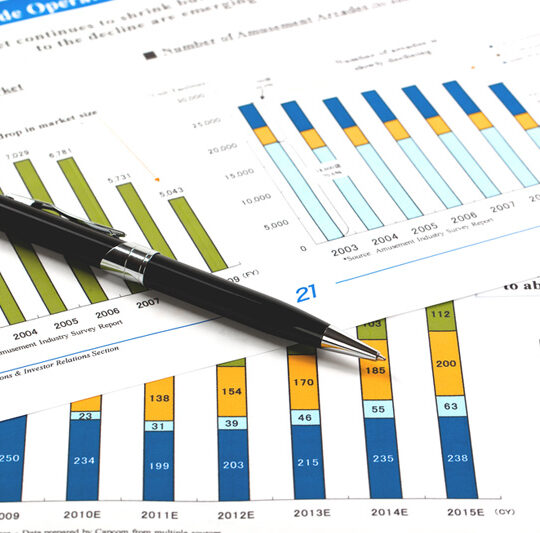
Market analysts were unsure if concerns about a global financial crisis were behind us, though they agreed that oil prices are recovering amid expectations the worst is over.
West Texas Intermediate, the U.S. benchmark for the price of oil, is hovering once again in the $75-per-barrel range, after sinking to as low as $66.74 following the collapse of Silicon Valley Bank. The contract lost ground only once last week – a 0.3 percent contraction on Wednesday.
The global benchmark, Brent, meanwhile, is going through changes. A decline in production from the North Sea grades that make up Brent prompted pricing agencies to look to a new addition and they chose WTI-Midland, a grade that largely represents activity in the Permian basin here in Texas.
TRANSITION: Biden administration touts EV progress, with plans to install 24K charging stations at federal facilities
WTI-Midland is emerging as the grade of choice for importers in Europe, but with April marking the debut of the new Brent basket, it’s unclear what happens next.
“The impact of the inclusion of WTI-Midland in the Brent basket is anything but clear,” said Tamas Varga, an analyst at London oil broker PVM. The adjustment period will be slow, he added.
In the global oil sector, meanwhile, analysts are watching disputes over exports of Kurdish oil to Turkey, a dispute that halted operations at some of the oil fields in northern Iraq.
The loss of Kurdish barrels likely won’t change decisions for the Organization of the Petroleum Exporting Countries, which meet Monday to consider production quotas. It’s likely, Varga said, there will be no changes that will impact pricing this week.
On the financial sector, meanwhile, he said that, for him, there is a general sense that the issue is not a systemic one.
“It’s important to recognize that the banking crisis hasn’t changed the physical market as the fundamentals are still very similar, with demand likely overtaking supply in the second half of the year and supporting prices,” added Paul Hickin, the editor-in-chief at London-based Petroleum Economist.
What has changed, Hickin said, is the perception of how high oil prices will go, with even the ever-bearish Goldman Sachs backing away from calls for triple-digit prices. WTI last touched triple digits in July, and a survey from the Dallas Fed found most in the industry expect U.S. crude will average $79.64 in the second quarter.
But for Craig Erlan, a senior market analyst for New York brokerage OANDA, everything is being driven by concerns about the health of the financial sector. Those concerns influence perceptions of the health of the broader economy, including whether or not a recession is in the cards.
“Assuming the worst is behind us, we could be in a situation in which the economy slows and interest rates don’t have to rise much further, maybe even fall later in the year,” he said. “That could prove bullish for oil prices over the medium term but perhaps less so in the near-term.”
Data Friday show the overall outlook is improving and Fed policies to slow inflation are working. U.S. consumer prices increased by 0.3 percent from January to February, down from the 0.6 percent increase recorded from December to January. Inflation in the EU, meanwhile, came in at 6.9 percent to the year ending in March, a good recovery from the 10.6 percent peak set in October.
For Phil Flynn, a senior market analyst for The Price Futures Group in Chicago, the attention, however, is on the product side of the oil market.
“Right now, the focus is going to be on refiners in their rush to get gasoline supplies built up ahead of the summer driving season,” he said.
Federal data show domestic consumption of gasoline set a record for the year, and forecasts point to a continuation of that theme for much of the second quarter, which would support crude oil prices through the summer.
Data this week should provide additional clues about the health of the broader economy. Monday brings in data on the manufacturing sector in the U.S. and EU economies. U.S. payrolls for May round out the week.













